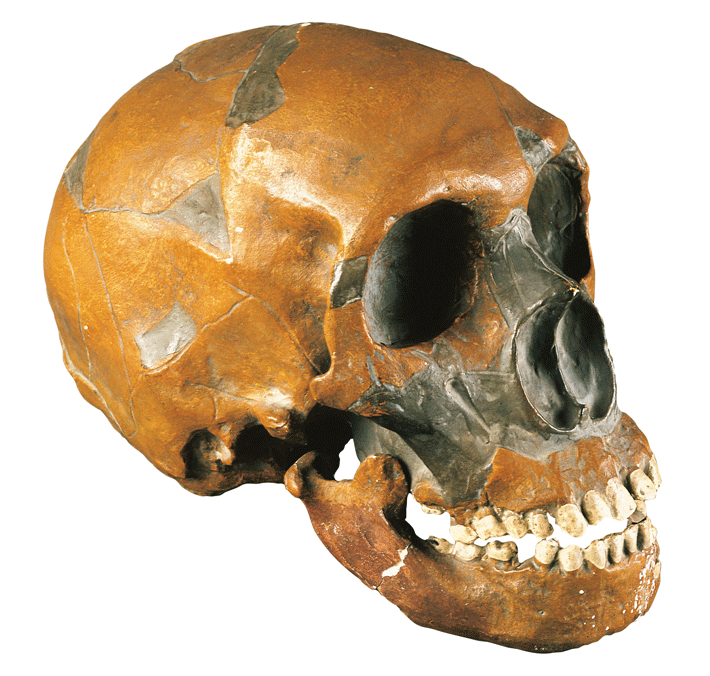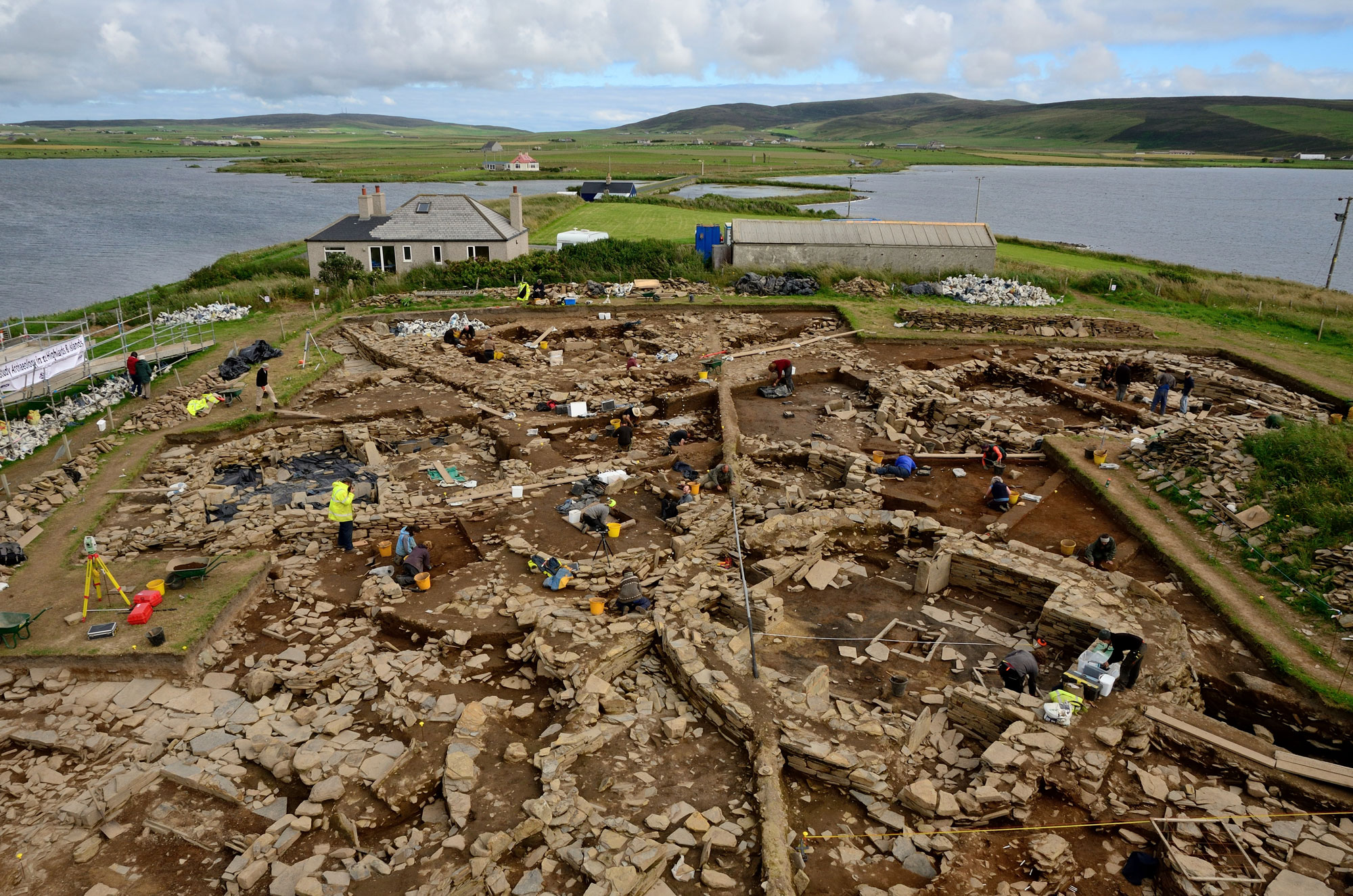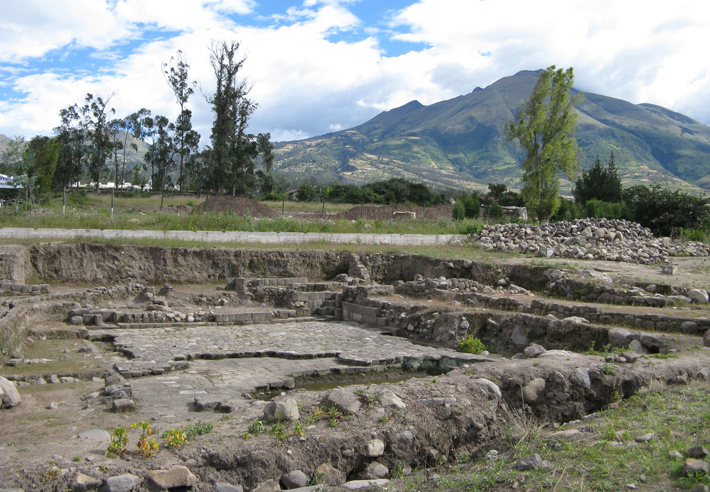
OXFORD, ENGLAND—A new study claims Neanderthals used so much of their brains to process visual information that they never developed the cognitive abilities that would have allowed them to compete with Homo sapiens. Anthropologists have long suspected that Neaderthals needed more acute vision because they evolved in Europe, where nights are long and the days often dim. But our ancestors evolved in Africa, where plentiful sunshine and relatively short nights meant we never had to devote too much brain power to seeing. Oxford University anthropologist Eiluned Pearce tested the theory by comparing the skulls of 32 Homo sapiens and 13 Neanderthals and found that our extinct cousins had significantly larger eye sockets. "Since Neanderthals evolved at higher latitudes, more of the Neanderthal brain would have been dedicated to vision and body control," says Pearce, "leaving less brain to deal with other functions like social networking." That could have been the difference between extinction and survival.









